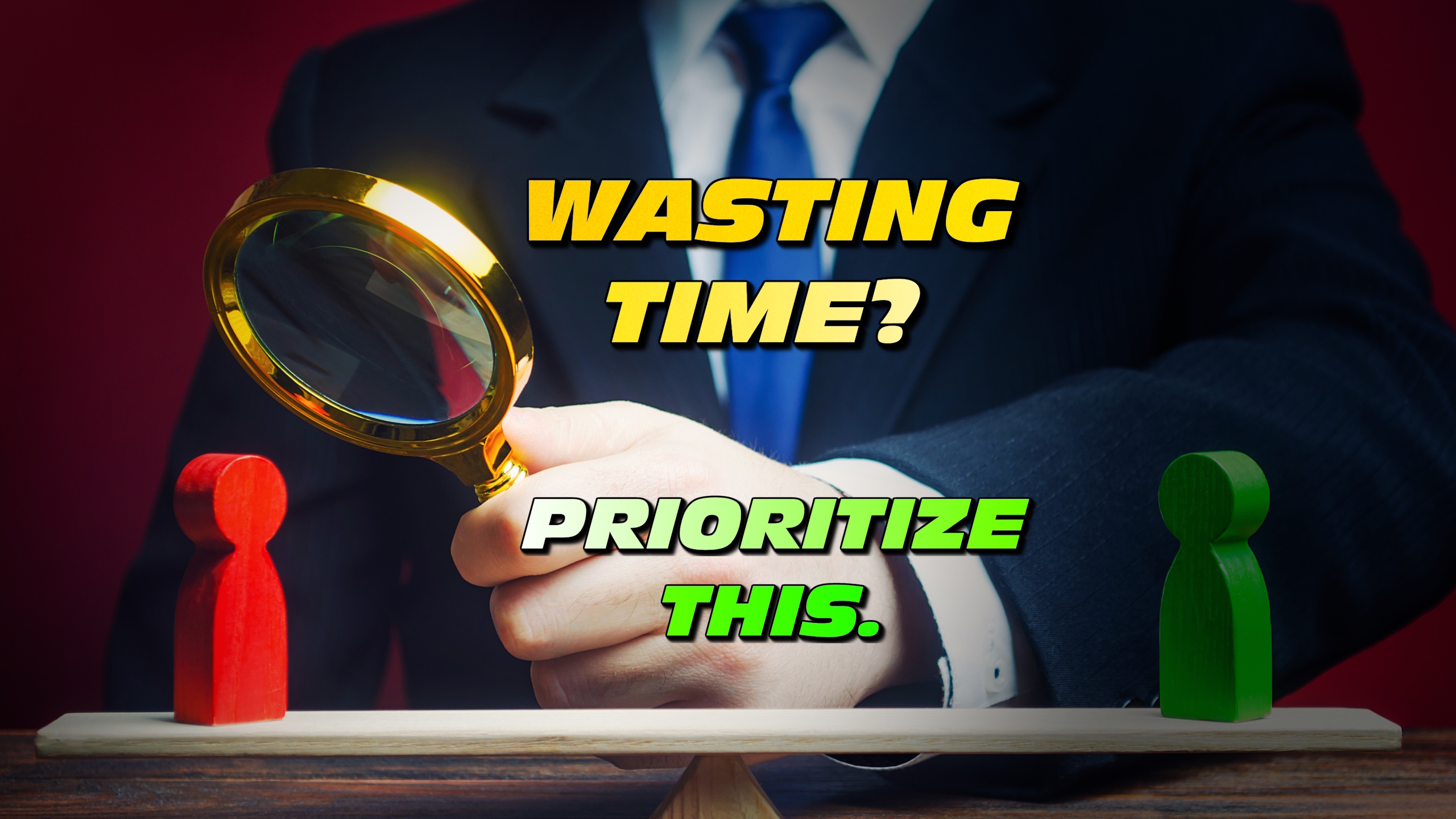Content based on:
Introduction
Ever felt busy all day… but still behind on what actually matters?
You’re not alone. In today’s hyper-connected, AI-enhanced world, the problem isn’t time. It’s priorities. We don’t need more hours — we need better decisions.
That’s where the Prioritisation Matrix comes in. This deceptively simple framework is used by world leaders, billionaires, and top-performing creatives to cut through noise, stay focused, and consistently make meaningful progress.
In this article, you’ll learn how to apply the matrix, how to reinforce it with habit science, and why managing your time means managing your future.
Let’s dive in.
What Is the Prioritisation Matrix?
Popularised by President Dwight D. Eisenhower and later refined by Stephen Covey, the Prioritisation Matrix helps you decide what to do, what to delay, what to delegate, and what to delete.
It looks like this:
| Urgent | Not Urgent | |
|---|---|---|
| Important | Do Now ✅ | Schedule Time 🗓️ |
| Not Important | Delegate 🔄 | Eliminate ❌ |
Here’s the breakdown:
- Quadrant I (Urgent + Important): Crises, tight deadlines, must-do tasks
- Quadrant II (Not Urgent + Important): Long-term growth, strategic planning, learning
- Quadrant III (Urgent + Not Important): Interruptions, calls, shallow tasks
- Quadrant IV (Not Urgent + Not Important): Time-wasters, distractions, doomscrolling
The most successful people live in Quadrant II — the zone of foresight, planning, and growth. That’s where real transformation happens.
Time Planners and Scheduling Tools
Time planners aren’t about control — they’re about clarity.
Whether you use Notion, Google Calendar, Sunsama, or a paper planner, these tools only work if they reflect your priorities, not your panic.
Start by blocking time each day for Quadrant II tasks: thinking, creating, reading, building. These don’t shout for your attention, but they shape your future.
Want to defend your time better? Schedule it like a meeting. If it’s not on your calendar, it’s not real.
Distractions Can Drive Productivity (Yes, Really)
In How We Learn, author Benedict Carey explores how breaks and distractions help your brain work better.
Stepping away from a task lets your mind consolidate information, form deeper connections, and return with renewed clarity.
Instead of fighting distractions, plan them. Add “recharge time” to your matrix. Productive pauses in Quadrant II give you the edge in focus-heavy work.
The key is balance — not eliminating downtime, but making it intentional.
Habits That Reinforce the Matrix (Thanks, James Clear)
James Clear’s Atomic Habits delivers a powerful message:
“You do not rise to the level of your goals. You fall to the level of your systems.”
The Prioritisation Matrix shows you what to do. Habits show you how to make it automatic.
Here’s how to combine the two:
- Habit Stacking: Link tasks to routines you already follow
(“After I pour my coffee, I review my daily priorities.”) - Environment Design: Keep your planner, matrix, and motivators visible
- Reflection Loop: End each week with a 15-minute review – how much time was spent in each quadrant?
This small system of habit-building helps you stay in Quadrant II – and that’s where meaningful change happens.
How CEOs and Creators Prioritise Differently
Successful people don’t just do more. They do the right things better.
- Jeff Bezos reportedly made only a few key decisions per day – the rest was delegated or deleted
- Tim Cook starts his day early to filter through what matters before urgency hits
- Mel Robbins teaches the 5 Second Rule – a decision-focused tool to overcome hesitation and take action
In business and advertising, focus isn’t optional – it’s leverage. The best campaigns, strategies, and companies are built by people who protect Quadrant II like their life depends on it – because it often does.
AI, Automation, and the Future of Focus
With AI tools automating more tasks every day, your human edge is no longer efficiency, it’s clarity.
The ability to decide what to pay attention to, what to ignore, and when to act is a skill that AI can’t replace.
In 2025 and beyond, prioritisation becomes your superpower.
Final Thoughts: Architect Your Time, Shape Your Life
Don’t just manage your time, lead it.
The Prioritisation Matrix isn’t about perfection. It’s about progress.
Ask yourself:
- What am I really working toward?
- Where does my time actually go?
- What quadrant am I living in today?
Then make one shift toward Quadrant II.
Protect your energy. Focus your vision.
And schedule the life you were meant to build.
Ready to take control?
📥 Download your free Priority Matrix + Habit Toolkit below.
📅 Subscribe to Reflect Refocus Rewire for weekly strategies to sharpen your soft skills and own your outcomes.
Looking for more Inspiration?

Leave a Reply